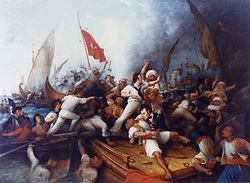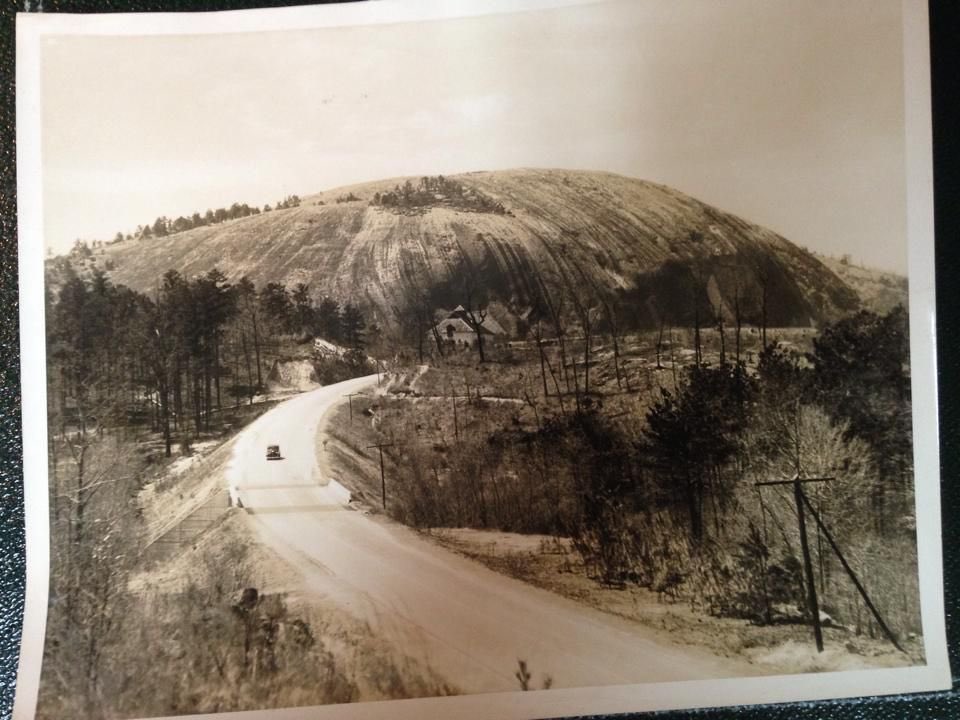
For those who don’t know, etymology just means…
“the origin of a word and the historical development of its meaning.”
So let’s take a look at how a couple places in (metro) Atlanta got it’s name.
“the origin of a word and the historical development of its meaning.”
So let’s take a look at how a couple places in (metro) Atlanta got it’s name.

Ansley Park (1902) was named after Edwin Ansley, who in 1904 teamed up with several partners to buy an unused plot of land from George Washington Collier to develop a high-end commuter suburb. 

Bankhead was named after an old highway that connected San Diego and Washington DC.
The highway was named after former Conferderate Army soldier & Alabama Senator John Bankhead - who was instrumental in enacting the 1st federal highway funding legislation.

The highway was named after former Conferderate Army soldier & Alabama Senator John Bankhead - who was instrumental in enacting the 1st federal highway funding legislation.


Blandtown was named after Felix Bland, a freed slave who’d received the land for the neighborhood that now bears his name as part of his former owner’s will.
As of recently, developers have began to rebrand the area as “West Midtown” instead. 😒
As of recently, developers have began to rebrand the area as “West Midtown” instead. 😒

Buckhead was named after….
https://twitter.com/donovanreyno1ds/status/1397161833509888001
Castleberry Hill was known as Snake Nation in 1850, a moniker derived from the area’s infamous snake oil salesmen.
The current name was named after a local merchant during the Civil War named Daniel Castleberry.

The current name was named after a local merchant during the Civil War named Daniel Castleberry.


Chastain Park was named after Troy Green Chastain, a Fulton County Commissioner from 1938-1942. The neighborhood was originally called North Fulton Park, but was renamed following Chastain’s death in 1945. 



Clarkston was originally called "New Siding" after Jake New, a railroad foreman.
It is currently named in honor of Colonel W.W. Clark, a Covington lawyer & a director of the Georgia Railroad
It is currently named in honor of Colonel W.W. Clark, a Covington lawyer & a director of the Georgia Railroad

Druid Hills was named by Atlanta developer Joel Hurt, after the area reminded him of a similar looking park in Baltimore of the same name.
Hurt is also the namesake of Hurt Park at GA State.

Hurt is also the namesake of Hurt Park at GA State.


Dunwoody is named after a misspelling of the Confederate soldier it's intended to honor: Maj. Charles Dunwody.
He was the son of John Dunwody, one of the founders of the Roswell Manufacturing Company mills in Roswell.

He was the son of John Dunwody, one of the founders of the Roswell Manufacturing Company mills in Roswell.


Five Points is named due to it being the intersection of Marietta Street, Edgewood Avenue, Decatur Street, Peachtree St. SW, and Peachtree St. NE 



Grove Park is named after its developer Edwin Grove.
Grant Park is named after Confederate civil engineer & entrepreneur Lemuel Grant donated 100 acres of land to establish the first city-owned public park.

Grant Park is named after Confederate civil engineer & entrepreneur Lemuel Grant donated 100 acres of land to establish the first city-owned public park.


Hapeville was named after a post master and 1st mayor, Samuel Hape.
If you’re ever down there, stop & get the Thai basil shrimp fried rice from Thai Heaven. 🍤
If you’re ever down there, stop & get the Thai basil shrimp fried rice from Thai Heaven. 🍤

Kirkwood was named from blending the last names Kirkpatrick & Dunwoody.
Prior to the Civil War, most of the land of that area belonged to the 2 major plantation owners of the area, the Kirkpatrick and Dunwoody family.
Prior to the Civil War, most of the land of that area belonged to the 2 major plantation owners of the area, the Kirkpatrick and Dunwoody family.

Lithonia was named in the 1840s, when a teacher combined the Greek words "litho" meaning "rock" and "onia" meaning "place."
The east DeKalb area contains an abundance of granite due to the presence of Stone Mountain.
The east DeKalb area contains an abundance of granite due to the presence of Stone Mountain.

Old Fourth Ward is a remnant of a 5 ward system Atlanta used in the 19th century which has since been replaced by “zones” instead. 



Paces Ferry was named after Hardy Pace, who operated a flat-boat ferry service across the Chattahoochee River during the 19th century. 



Pittsburg was named thanks to the heavy pollution south of the Pegran rail yards.
The neighborhood is nicknamed Pittsburgh in a backhanded tribute to the industrial growth of Pittsburgh, PA.
The neighborhood is nicknamed Pittsburgh in a backhanded tribute to the industrial growth of Pittsburgh, PA.

Reynoldstown was named in the 1870s after Madison & Sarah Reynolds who were among the first ex-slaves to move into the area.
Mr. Reynolds was a prominent landowner in the neighborhood & operated a store on Wylie St.
Mr. Reynolds was a prominent landowner in the neighborhood & operated a store on Wylie St.

Virginia Highland was named due to the district’s center being located at the intersection of Virginia Ave. & North Highland Ave. 



Thanks for joining me for another #ThreadThursday
If you enjoyed this thread, give me a follow so you don’t miss out on the next one!
What should we talk about next?
Threads you may have missed. 👇🏽
If you enjoyed this thread, give me a follow so you don’t miss out on the next one!
What should we talk about next?
Threads you may have missed. 👇🏽
https://twitter.com/donovanreyno1ds/status/1392642928925937680
• • •
Missing some Tweet in this thread? You can try to
force a refresh
























